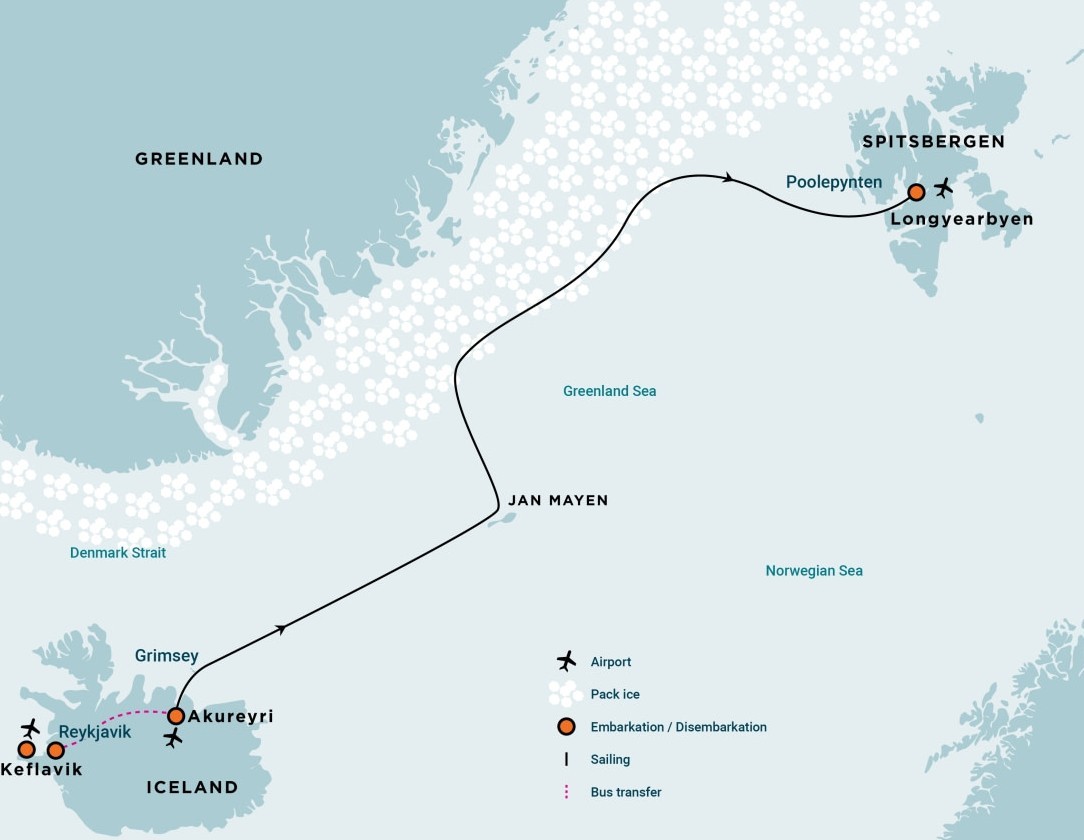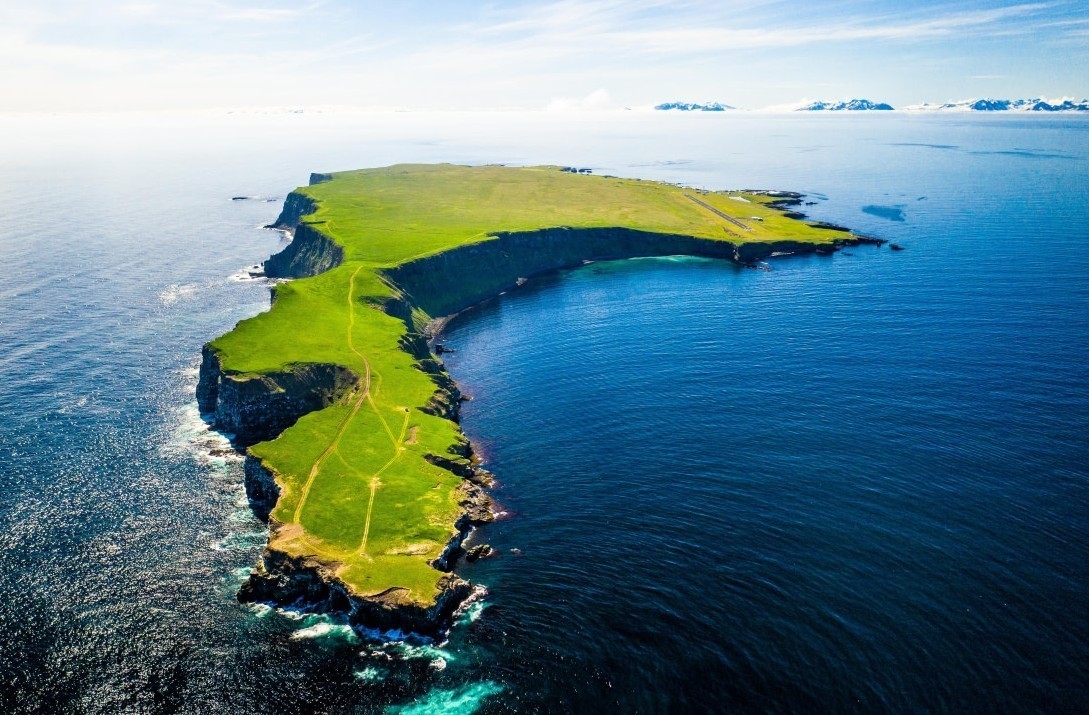
Voyage from the volcanic shores of Iceland to the icy fjords and snow-capped peaks of Spitsbergen, crossing the Arctic Circle, visiting remote Jan Mayen with its rich seabird life, and following the edge of the ice as you go. Watch for whales, seals, and polar bears on the journey north.
- Cross the Arctic Circle and explore remote Grimsey and Jan Mayen, rich in seabird life and volcanic landscapes.
- Sail along the ice edge under the midnight sun, spotting whales, seals, polar bears, and abundant Arctic wildlife.
- Discover Spitsbergen's dramatic fjords, glacial cliffs, and unique wildlife, including reindeer and walruses.
Prices quoted here are often dependent on currency fluctuations. Please check with (01432 507450 or [email protected]) for the very latest price, which may well be cheaper than the one advertised here.
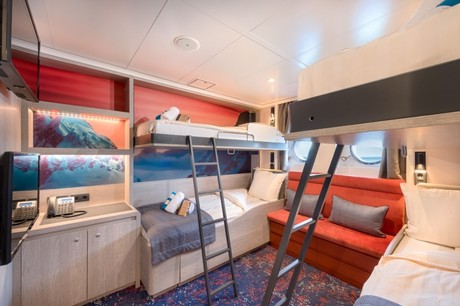
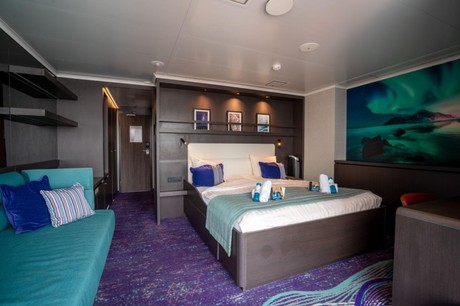
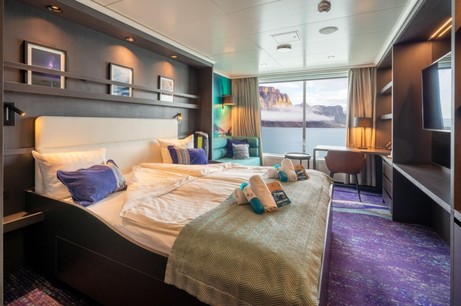
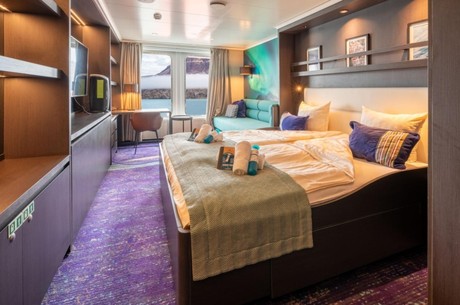
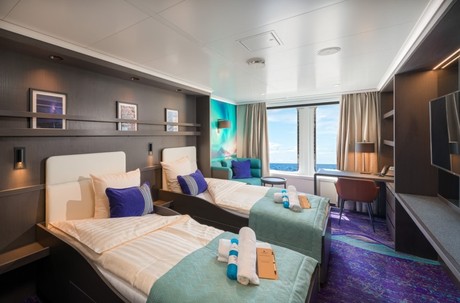
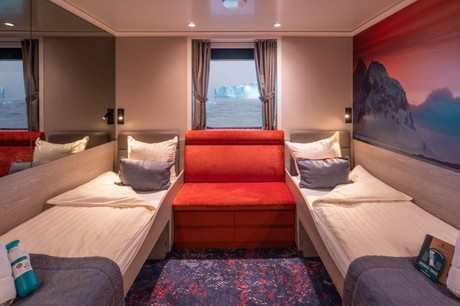
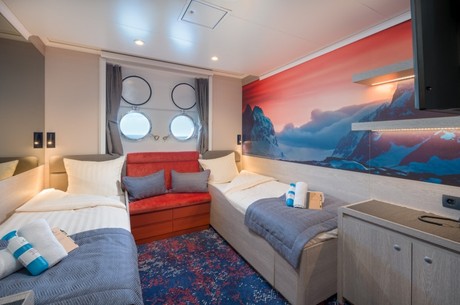
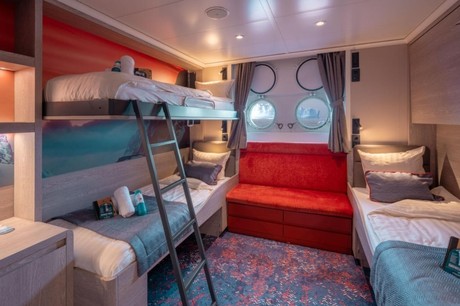
In the late afternoon, you board m/v Hondius in the port city of Akureyri, a historical fishing port known as the Capital of North Iceland. We sail north through Eyafjordur, one of the longest fjords in Iceland, where we may see our first whales as we reach the open sea.
At the Arctic Circle
We land on the small island of Grimsey, which straddles the Arctic Circle. Grimsey has a friendly fishing village and is home to vibrant colonies of kittiwakes, razorbills, puffins, fulmars, and Arctic terns. In the evening, we pass Kolbeinsey, a tiny uninhabited island, on our way north. From this point onwards, we will experience daylight around the clock.
Sailing northward
Sailing toward the isolated Jan Mayen, we will look for humpbacks, fin, minke, blue whales, and even orcas. During the crossing, the ship will alter course to provide better viewing opportunities when wildlife is spotted.
Volcanic rock and ocean air
We found ourselves before Jan Mayen, a stark volcanic island crowned by the snow-capped summit of Mt. Beerenberg. From the slopes of this imposing 2,300-meter-high (7,545 feet) volcano, broken glaciers tumble out into the frigid sea. With permission from the Norwegian authorities, you can now visit the weather station. You can also walk to the remains of a 17th-century Dutch whaling station amid the thick moss beds of this stark volcanic landscape. This historic place is tied deeply to the Dutch whaling industry of the past and is intensely atmospheric.
Beneath the midnight sun & along the ice edge
Basking in the midnight sun, you sail north along the edge of the sea ice in search of bowhead whales, harp seals, polar bears, and a variety of seabirds. You then change direction after about 79° north, cutting west to the rocky edges of the continental shelf of West Spitsbergen. Here, you have a good chance of seeing fin whales and – near the glacial mouths of the gaping Spitsbergen fjords – surfacing minke whales.
The Arctic island of Spitsbergen
Forlandsundet, between the main island of Spitsbergen and the narrow Prins Karls Forland, is a place of great beauty and fascinating wildlife. Walruses sometimes haul out here. Alternatively, you might sail into St. Johns Fjord or head south to the mouth of Isfjorden, landing at Alkhornet. These cliffsides are crucial for nesting birds. Many species build their nests here, while Arctic foxes search below for fallen eggs and chicks. On the surrounding slopes, reindeer graze sparse vegetation, creating superb photographic opportunities.
With Arctic memories that will last a lifetime and cameras full of fantastic images, you disembark in Longyearbyen, the administrative center of Spitsbergen, once more. While your journey is at an end, the pioneering spirit of Arctic adventure will stay with you, whatever comes next!
All itineraries are for guidance only. Programs may vary depending on ice, weather, and wildlife conditions. Landings are subject to site availabilities, permissions, and environmental concerns per AECO regulations. Official sailing plans and landing slots are scheduled with AECO prior to the start of the season, but the expedition leader determines the final plan. Flexibility is paramount for expedition cruises. The average cruising speed of our vessel is 10.5 knots.
Hondius

| Polar Class | 6 |
|---|---|
| Built | 2019 |
| Length | 107 metres |
| Speed | 15 knots |
| Crew | 72 |
Hondius is the first-registered Polar Class 6 vessel in the world, meeting the latest and highest Lloyd’s Register demands for ice-strengthened cruise vessels. Hondius also exceeds the requirements of the Polar Code as adopted by the International Maritime Organization (IMO), allowing you to enjoy the polar regions as much as possible while impacting them as little as possible. Upon completion, Hondius will be the most flexible, advanced, innovative ice-strengthened vessel in the polar regions. It is optimized for exploratory voyages that provide you the utmost first-hand contact with the Arctic and Antarctica.
Hotel comfort, expedition class
Hondius offers high-quality accommodation for 176 passengers in a range of suites and cabins. The spacious 'Hondius' suite (35 square metres, 377 square feet), six grand suites with balconies (27 square metres, 291 square feet), eight junior suites (19 to 20 square metres, 205 to 215 square feet), eight superior cabins (20 to 21 square metres, 215 to 226 square feet), 11 twin deluxe cabins, (19 to 21 square metres, 205 to 226 square feet), 14 twin window cabins (12 to 14 square metres, 129 to 151 square feet) as well as 28 twin porthole cabins, two triple porthole cabins, and four quadruple porthole cabins that vary in size from 12 to 18 square metres, or 129 to 194 square feet all offer a high level of accommodation. The passenger capacity certificate for Hondius is 196 persons.
One deck consists of a large observation lounge and separate lecture room, which are reserved for a wide variety of interactive workshops, exhibitions, and performances particular to Hondius. Though elegantly designed in stylish mid-century modern décor, this vessel holds true to Oceanwide’s distinctive cozy and informal atmosphere.
Swift & safe ship-to-shore operations
It is the philosophy of Hondius' managers to keep sea time as short as possible so that they can focus instead on fast, effective access to shore and near-shore activities. To give you the maximum contact with the nature and wildlife you traveled so far to see, they employ a tough fleet of rigid-hull inflatable Zodiac boats that guarantee swift and safe landing operations for all passengers at the same time. Hondius has two separate gangways and a sheltered indoor Zodiac embarkation platform that can also be used for special outdoor activities, such as kayaking.
The fast, flexible, friendly heart of the polar regions
The top priority is taking advantage of every wildlife and terrain opportunity as it occurs. To keep the itineraries flexible itineraries and the response time rapid, Hondius is equipped with advanced stabilizers and two main engines capable of powering the vessel up to 15 knots. But Hondius sacrifices no warmth to achieve its keen polar edge: You will have 72 crew and staff members (including expedition and hotel staff) at your service while on board, ensuring that what little time you do spend on the ship you will spend comfortably entertained.

Includes
- Voyage aboard the indicated vessel as indicated in the itinerary.
- All meals throughout the voyage aboard the ship including snacks, coffee and tea.
- All shore excursions and activities throughout the voyage by Zodiac.
- Program of lectures by noted naturalists and leadership by experienced expedition staff.
- Free use of rubber boots and snowshoes
- Transfers and baggage handling between the airport, hotels and ship only for those passengers on the group flights to and from Longyearbyen.
- All miscellaneous service taxes and port charges throughout the program.
- AECO fees and governmental taxes.
- Comprehensive pre-departure material.

